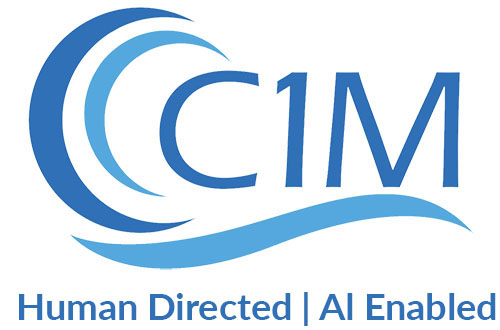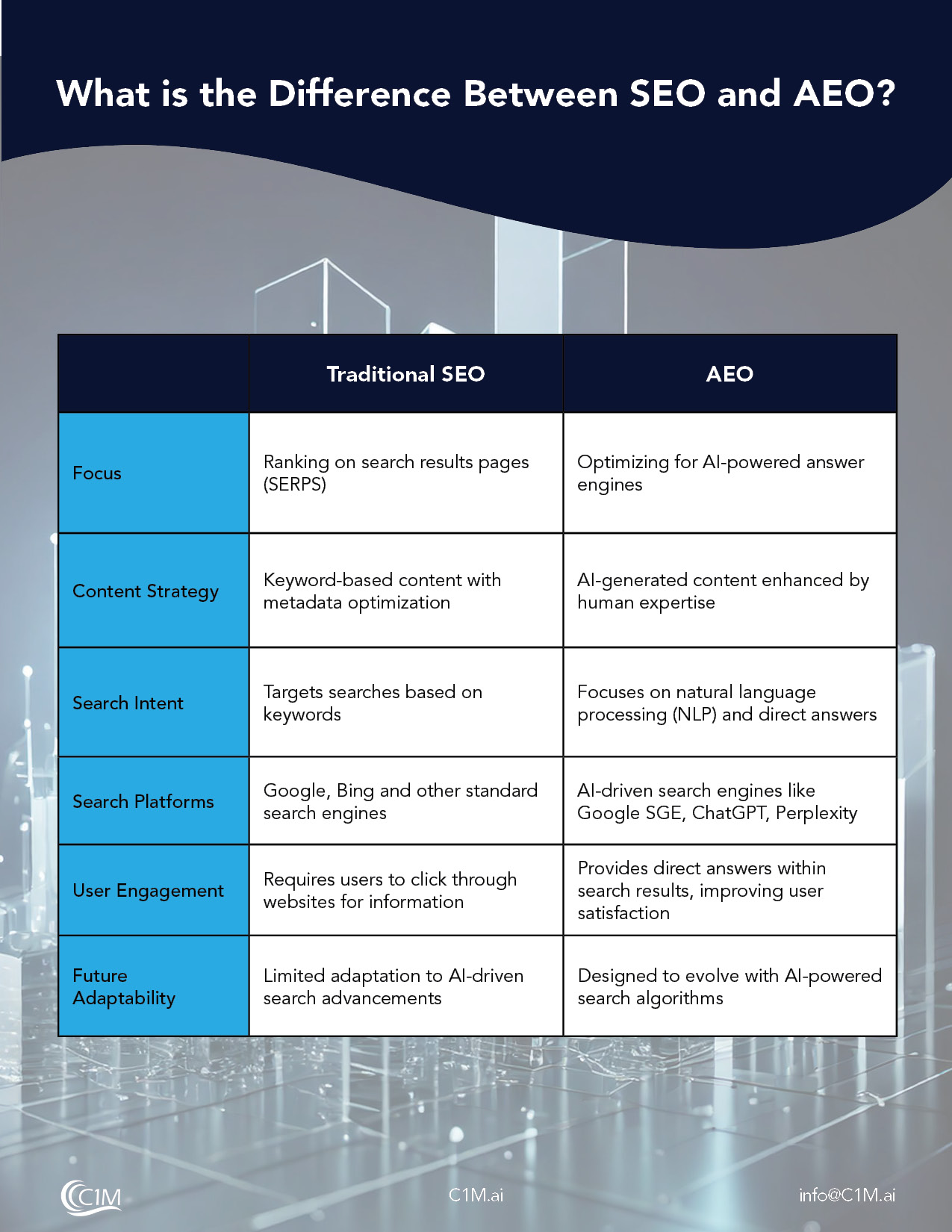
Increasing website traffic, social media engagement, and email marketing campaign sign-ups are all foundational goals of any business’s marketing efforts. However, having more online attention doesn’t always convert to sales.
In fact, just 4% of website visitors are ready to make a purchase, and the key to turning leads into paying customers is to have a solid lead nurturing strategy.
Lead nurturing is more than a simple sales strategy that entails scheduled email blasts or social media posts. Instead, the best lead nurturing strategies and lead nurturing campaigns rely on tailored sales and marketing strategies that follow the buyer’s journey through the sales funnel, building meaningful relationships along the way.
Marketing automation software and marketing automation tools can help build and maintain an effective lead nurturing program. Furthermore, thoughtful data analysis, targeted marketing strategies, and a knowledgeable sales team or marketing team are required to turn existing leads into potential customers ready to buy.
An expert in lead nurturing campaigns like C1M can be a backbone resource for your sales and marketing teams to launch or tailor their lead nurturing efforts. However, it helps to have a basic understanding of the lead nurturing process, from the initial lead generation to the final purchase stage of the sales cycle.
Table of Contents
What is the Difference Between Lead Nurturing and Lead Generation?
How Do You Generate More Leads?
The Key Components of Lead Nurturing in Three Steps
Analyzing Your Existing Leads
Develop Relevant Content Across All Channels
Analyzing and Revising Your Lead Nurturing Strategy
Create a Lead Nurturing Strategy that Works with C1M
What is Lead Nurturing?
Lead nurturing refers to developing meaningful relationships with your existing leads, contacts, and/or potential customers to move them through the sales funnel (or sales process) toward making a transaction. Effective lead nurturing strategies help sales and marketing teams convert leads while using marketing resources more effectively every step of the way. This includes everything from pinpointing your target audience for potential leads to using lead nurturing tactics to create a new wave of loyal customers.
The most successful lead nurturing strategies utilize multiple communication channels and constantly track key performance indicators to gain valuable insights and evolve nurturing strategies well into the future.
What is the Difference Between Lead Nurturing and Lead Generation?
Sales teams sometimes use lead nurturing and lead generation interchangeably, but the two terms have key differences. Lead generation refers to adding new leads (and particularly high-quality leads) to your sales and marketing database. In contrast, lead nurturing refers to the long-term marketing and sales process that transforms more leads into customers.
How Do You Generate More Leads?
In order to create a lead nurturing campaign, you need a hefty database of potential customers to contact through email, social media, and other marketing channels that will all be critical elements of your lead nurturing success.
A lead generation expert like C1M can help you build your list with quality leads, but from the onset, you can ensure that there are multiple ways for your potential customers to contact your business.
Encourage email sign-ups, social media connections or follows, contact with a sales rep, and any initiative that creates a link between a potential customer and your sales and marketing teams. Be sure all this information is readily available and visible on all your communication channels, especially your website and social media pages.
Creating this initial link is essentially the awareness stage (where potential customers have noticed your business and are interested in future communications). In addition, it’s effectively the first step in any successful lead nurturing campaign.
The goal from here is to ramp up your nurturing efforts. Non-nurtured leads (despite their lead quality) can easily be lost in the abyss of spam folders and infrequent website visits, and these potential customers can fade away without an effective lead nurturing game plan.
The Key Components of Lead Nurturing in Three Steps
A business’s nurturing strategies will vary depending on their target audience’s interests, behaviors, and background. Generally, a lead nurturing program can be broken down into sales and marketing-centric steps.
Step 1 – Analyzing Your Existing Leads
Define your leads
This part of the lead nurturing process requires deep diving into your data. This means your past customer behaviors and previous marketing campaigns will provide detailed insight into the traits of your ideal potential customer.
When doing this sales and marketing analysis, the trick is to identify the demographics and behaviors of your loyal customers while incorporating factors such as age, gender, location, interests, and pain points.
Map your customer journey
In addition, you’ll want to map your customer’s journey, which is a detailed route that begins with the awareness stage and ends with a transaction (or, in some cases, a loss of interest.) Not all leads turn into a transaction, after all. However, all of this information is helpful, and filtering the history of your past leads can help build a better lead nurturing campaign in the future.
Consider lead scoring
Lead scoring is an objective ranking of one sales lead against another based on the data gathered from mapping your customer journey and overall insight into your target audience. With lead scoring, you can identify where a potential customer is within the sales cycle and how close (and likely) they are to making a transaction. Lead scoring helps align sales and marketing initiatives with when a customer is ready to buy and allows companies to create the right follow-up or marketing campaign to correspond with a customer’s current standing in an overall sales cycle.
Build your lead nurturing lists
Your hundreds and thousands of leads can be segmented in several ways.
You can divide your lead lists by interests, demographics, history of past connections, and where the nurture lead is within the overall sales cycle. (For example, are they ready to purchase or just starting to browse?)
Ideally, when it comes to nurturing leads, you should focus on two crucial dimensions of segmentation – potential customers who are in the buying stage of the sales cycle, combined with another variable that is important to your specified audience.
Here’s an example of using this segmented lead data to your advantage:
A hotel in a popular vacation destination harvests a contact list of all past guests who stayed over the 4th of July weekend over the past five years but haven’t yet returned to the hotel for another stay.
The hotel then examines when these customers booked their July stay in the past – whether it is a week before their stay, a month before their stay, or even a year before their stay. Based on this past behavior and using marketing automation, the hotel sends email campaigns to these past guests about 4th of July activities and events based on when they reserved a getaway in the past. For example, if a guest booked for a July 4 stay in June, the email campaign may focus on a message that reads “Last minute deals for 4th of July weekend.”
Remember that sales cycle stages, interests, pain points, and behavioral traits are the tip of the iceberg regarding the many ways to create successful lead nurturing campaigns.
You can also examine past communication channels to determine the best way to connect with your potential customers – like targeted social media ads, marketing emails, and/or relevant content on your website.
Step 2 – Develop Relevant Content Across all Channels
An effective lead nurturing strategy accounts for all the ways that potential customers find and connect with your business, and in our modern era, there are limitless options.
The key communication or lead nurturing channels you want to incorporate into your nurturing campaigns are as follows:
SEO Optimized Website
Your website is the front line of your business and determines where your business lands on search engine rankings. Using your data on your target audience’s pain points and interests, pay attention to content creation that resonates with potential customers. You’ll also want to ensure every aspect of your website adheres to current SEO best practices. This includes content creation, but also includes behind-the-scenes elements like page titles, headers, image tags, URL addresses, and other key SEO elements of your site.
Social Media
You should regularly add social media posts that align with the interests and pain points of your nurtured leads, as well as where they are in the sales cycle. While your nurtured leads will continually be in different buying stages (with some just browsing and some ready to purchase), you can identify trends and create social media posts to align with any generalized uptick in buying activity. For example, a garden shop may notice that most purchases occur in mid-April, so this is a good time to flood social media with beautiful photos of blooming flowers and trees at the shop, and announcements of offers or special promotions.
Email Campaigns
Lead nurturing emails entail basic content marketing principles and timing. Ideally, lead-based emails won’t just be mass emails sent all at once when a business has an announcement, like an upcoming sale. Instead, these will be drip campaigns that follow the sales cycle, with emails sent intermittently at different times to different groups of segmented leads. This way, a business can stay on a potential customer’s radar, sending the right message that aligns with when a successful lead is ready to buy.
Google ads, social media ads, and other advertisements
All of the above lead nurturing strategies can be conducted in-house by sales and marketing teams, with no significant costs except for the labor involved. However, paid online or even print advertisements are another lead nurturing tactic that can help boost the success of nurturing campaigns. Modern online advertising options allow businesses to reach a particular lead or leads with super-targeted ads with the right message at the right time. An expert in online advertising and how it pertains to lead nurturing best practices, like C1M, can help you investigate your options regarding the paid advertisement arena of lead nurturing.
Step 3 – Analyzing and Revising Your Lead Nurturing Strategy
Ideally, if you nurture leads successfully, you’ll see a boost in your sales shortly after your various nurture campaigns launch.
However, lead nurturing is not a stagnant, one-time process. Instead, you’ll need to continually revisit and revise your lead nurturing campaigns and strategies to ensure they are as effective as possible and translate into trackable sales.
To do this, you’ll need to review the following after every lead nurturing campaign:
Demographics
Consider the background of your successful leads, including job title, income, age, location, and other factors.
Behavioral engagement
Review email opens, clicks, social media engagements, and other interactions with your content marketing or other marketing efforts across all your lead nurturing channels.
Website engagement
Monitor visits to key pages (and especially pages that were included in lead nurturing campaigns), time spent on pages, specific actions taken like making a purchase or signing up for more information, and any other valuable insight that stems from your website. (If you want to go even deeper, look at your customers’ comments or questions before making a purchase, and their feedback after a transaction.)
All of the above information will help with future lead scoring and allow you to nurture leads with even more success.
In fact, the revising and analyzing process of lead nurturing is most successful when it’s perpetual.
The more you nurture leads, the more adept you’ll be at content marketing, pinpointing advertising opportunities, and creating stellar social media posts and website content that resonates with your target audience.
Create a Lead Nurturing Strategy that Works with C1M
Lead nurturing helps businesses boost revenue without excess effort or a bigger budget. However, an effective lead nurturing strategy requires in-depth expertise and insight during every stage of the sales cycle.
The best way to launch your lead nurturing strategy and lead nurturing campaign is to start with a consultation with our experts at C1M. Our lead nurturing specialists can help you dive into your data to identify trends and create a list of actionable sales and marketing goals that will directly lead to transactions.
With an expert resource like C1M behind the scenes, you can create a lead nurturing strategy that saves your marketing and sales team time and money while creating a base of loyal customers who will continue to connect with your company for many years to come.








